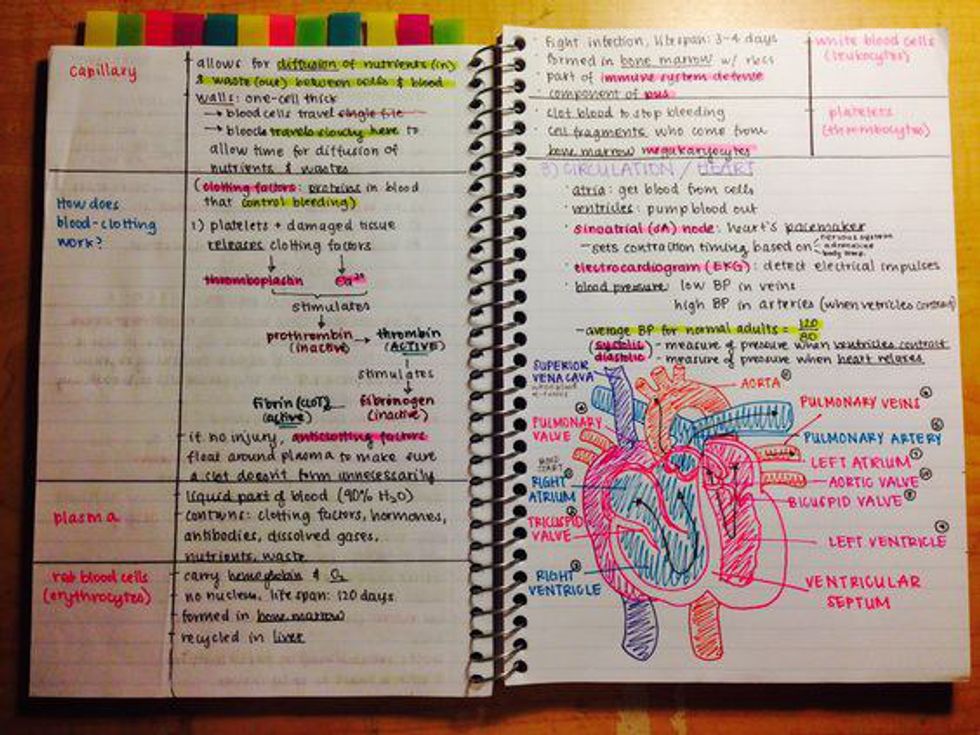People with this disorder are characterized as those who typically have problems verbal and nonverbal communication according to the social settings. Those with this disorder often show impairment in social interactions. Impairment can also include having problems with using the appropriate verbal and nonverbal communication that is appropriate for the social setting. The lack of ability to change communication such as formal and informal tone (teacher vs friend) is another impairment often associated with this disorder. In fact, understanding literal and nonliteral language can be a problem for those with this disorder as well, including sarcasm and metaphors. More information of this disorder to better understand it can be found in the link attached here.
2. Disruptive Mood Dysregulation Disorder
This disorder is characterized as an uncontrollable and severe irritability that is constant. According to the DSM 5, these uncontrollable bursts happen a couple or more times a week for at least one year. If you know someone who is always grouchy for no reason, this could explain why. In association with this disorder, uncontrollable outbursts of anger are caused by little or no instigation. More information of DMDD can be found on NIH (National Institute of Mental Health).3. Premenstrual Dysphoric Disorder
Obviously, this disorder can only be present in females. Constant feelings of irritability, anxiety, unease and dissatisfaction with life during the premenstrual stage are some of the symptoms of this disorder. Mood swings, severe fatigue, bloating, stress, loss of interest and breast tenderness are just a few other common symptoms. In order to be diagnosed with this disorder, more than four symptoms must occur. Also, there are similarities between PMDD and PMS, but PMDD is ultimately different from PMS in that it is more severe as the picture above may help you understand. More information on the difference between PMDD and PMS can be found mayoclinic.org.
4. Separation Anxiety Disorder
This disorder is best known as the inability to be away from home or those of attachment due to intense stress or anxiety of being apart from them. The constant and irrational feeling that something bad will happen at home or to the attachment figure is a symptom. Avoidance of leaving in order to lessen the fear is another symptom that can be found. There are many more similar symptoms, but I will not list them all. In order to be diagnosed, symptoms must be present for at least four weeks concerning children and adolescents; it is normally at least six months for an adult as is said in the DSM 5. More information on the signs of this disorder and how it's treated can be found on childmind.org.
5. Agoraphobia
The constant irrational fear in a broad spectrum of situations or places is what agoraphobia is all about. For example, the irrational fear of public transportation or going out in public can be characterized as agoraphobia. Some people with this disorder will most likely try to mark escape routes in public when in an enclosed building. The diagnosis of agoraphobia is prominent when one tries to avoid situations or places due to the irrational fear. Also, the symptoms must always be present in the situation of agoraphobia for diagnosis as is said in the DSM 5. More information on understanding agoraphobia can be found on anxietyuk.org.
6. Restless Legs Syndrome
The constant urge to move ones legs is characterized as Restless Legs Syndrome. The urge is often strengthened when placed in inactivity. Also, the urge is often increased in the night time than during the day time. Of course, symptoms must be present for three months or more for diagnosis as it says in the DSM 5. According to the DSM 5, this disorder is a neurological sleep disorder as well as a sensorimotor disorder. More information including diagnosis and treatments can be found at sleepfoundation.org.
7. Histrionic Personality Disorder
8. Sexual Masochism Disorder
The severe sexual arousal of being beaten, embarrassed, etc. is constant in this disorder. These sexual urges must cause a sense of extreme anxiety in social settings of normal functioning for diagnosis. To be honest, I did not know that this disorder was real until I came across it in the DSM 5. Sexual Masochism Disorder is very real. More information including risk factors can be found at wtcmhmr.org.
All of these disorders and the information listed can be found in the DSM 5, so they are official. There are many more disorders that exist and one article could not hold them all. This article is not intended to poke fun or humiliate anyone who is diagnosed with any of these disorders. This piece is only meant to be a source of information and interesting facts. Thank you.















































